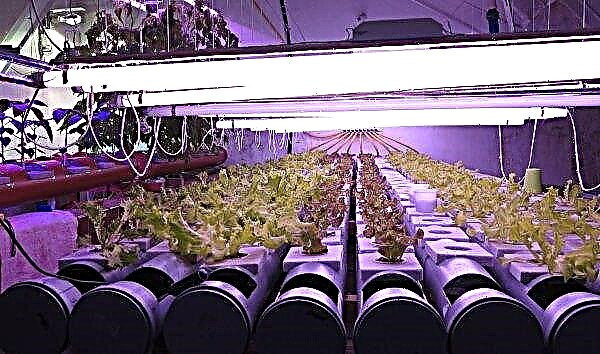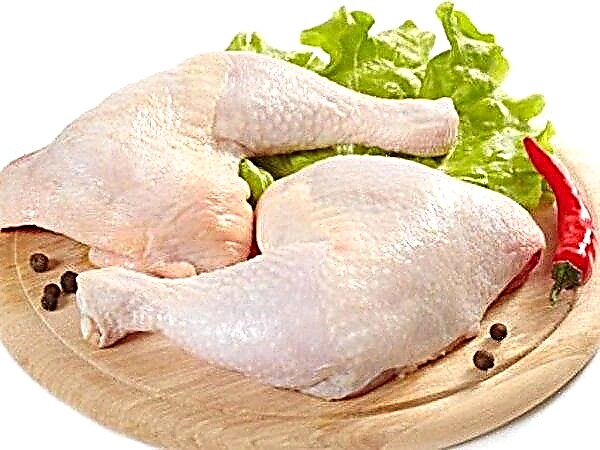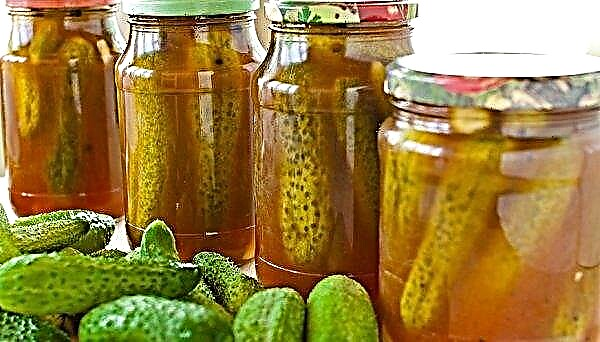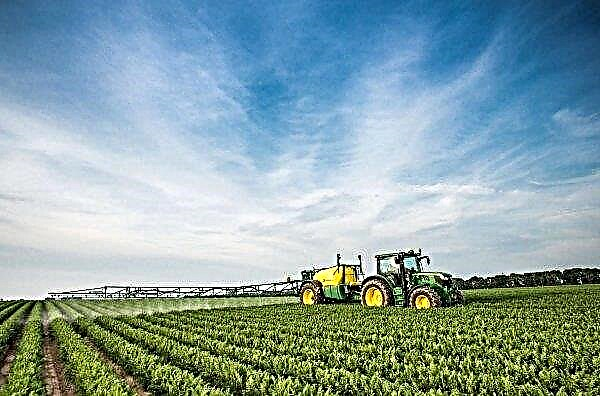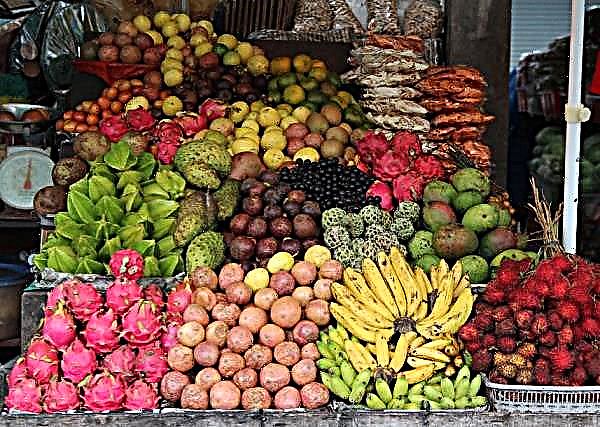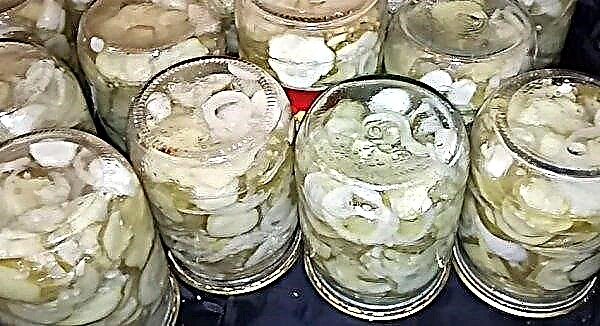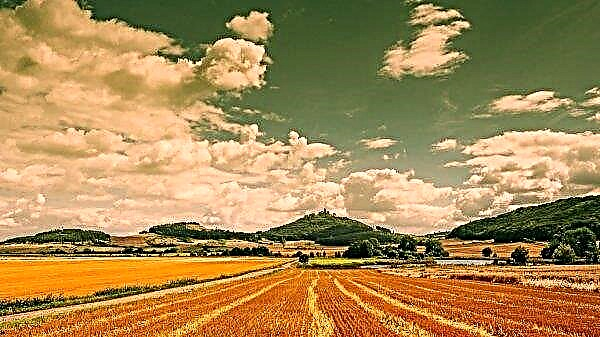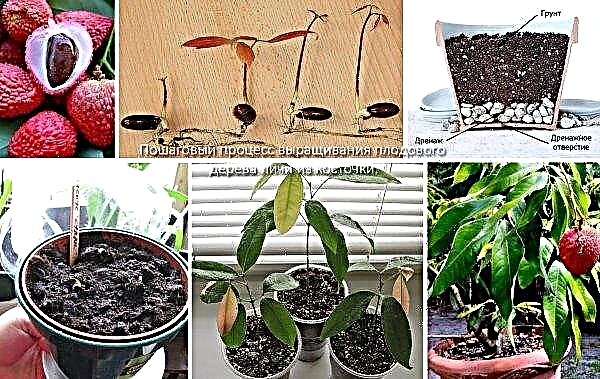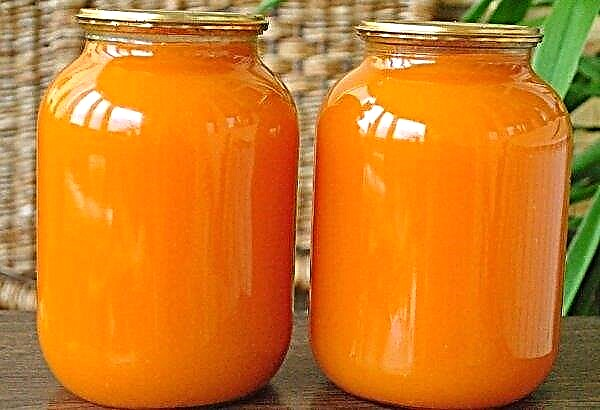Mushrooms of the genus Openochka are represented by dozens of species, often very similar to each other. Therefore, it can be difficult for mycologists to distinguish and systematize them. But simple mushroom pickers do not think about the intricacies of mushroom systematization when they are selected for nature with a basket. One of the most popular forest mushrooms is autumn mushrooms. They got the name for their frequent growth on stumps and tree trunks, and the epithet “autumn” indicates the time of their collection.
Description of mushrooms
Autumn mushrooms can often be found, and they are quite recognizable. The color of the hat and legs varies from light to dark tones and varies depending on the area where the mushroom grew, the species of tree from which it receives nutrients, and the age of the fungus. They grow in heaps, there are very few lonely. From one stump you can pick up a whole basket of mushrooms. But the collection season is short.
How do they look
The hat reaches an average of 3–10 cm in diameter (sometimes more, but infrequently). Young mushrooms are distinguished by hemispherical hats with a tubercle in the middle; in mature, they become flatter. Color ranges from pale brown, honey to brown and even greenish-olive.
On the outer parts of the hats, light scales are clearly visible, which in old mushrooms can disappear. The flesh of the hats is dense, whitish, in mature specimens it becomes thin. The plates are rare, light in young mushrooms, but darker as they grow.Did you know? Honey mushrooms growing on stumps have the ability to create a bioluminescent glow. The mycelium glows, entangling the stump with thin threads.

Also, these mushrooms are distinguished by thin and flexible, even slightly curved legs, which reach a height of up to 15 cm, and their diameter is 1-2 cm. The upper part of the legs is painted in lighter tones, the lower - darker. On their surface, as well as on hats, there are flaky blotches. The base of the legs often fuse, forming a mushroom colony. In their upper part there is a thin whitish ring.
Video: Autumn honey agaric
When appear
Sometimes autumn mushrooms may appear already in July, but this is an exception. Usually they begin to bear fruit in late August and come across until mid-October, and in some areas even until November.
When to collect
Ripen in waves, each wave lasts up to 15 days. After a few weeks, a new wave of mushrooms grows. Actively they bear fruit after rains or in foggy humid weather. The average air temperature should be +10 ... + 15 ° С.

Where grow
Autumn honey mushrooms spread from the subtropical zone to the northern latitudes, except for permafrost territories. They are found in deciduous and mixed forests. The fungi in question are parasites, and therefore grow on trees, primarily weakened ones.
Preferred species: birch, linden, oak, less often coniferous, pine and spruce. Found in the basal zone of viburnum or bird cherry, acacia thickets, in hazel, alder.
 In addition, honey mushrooms can act as a saprophyte fungus and inhabit stumps, fallen tree trunks. For this reason, they are often found in clearings.
In addition, honey mushrooms can act as a saprophyte fungus and inhabit stumps, fallen tree trunks. For this reason, they are often found in clearings.
Worminess
Autumn mushrooms are less likely to be affected by worms than others, especially summer mushrooms. This is due to the time of their fruiting, falling in the fall. It gets colder and insects cease to be so active. But in dry, warm weather, the danger of worm damage exists for these fungi.
Did you know? Honey mushrooms can be grown independently, like oyster mushroom. For this, a suitable wood substrate is inoculated with mushroom spores.
Subspecies
As already mentioned, honey mushrooms are difficult to systematize. Scientists can not come to a consensus on this issue. The people under the common name "honey agaric" get different types of mushrooms. They are usually distinguished according to the place of growth (oak, meadow, birch, northern), the time of fruiting (summer or autumn), and the color of the hat (honey, dark). Therefore, there are some nuances that need clarification.
Video: How honey agarics differ from each other
Real honey agaric
This name is synonymous with the autumn mushroom (Armillaria mellea) - in fact, that classic mushroom that mushroom pickers massively hunt in the fall. It has a pleasant taste and a rich mushroom smell. It is recognized by heap growth, small hats with a darker base and lighter edges, the presence of light inclusions on the surface of hats and legs, as well as a whitish ring (detailed description above). Agaric.
Important! Autumn mushrooms are conditionally edible, that is, without additional heat treatment they can’t be eaten.
Honey honey
Another synonym for autumn honey agaric, which is its variety. The hat is first convex, with the edges wrapped up, then takes on a flatter outline, with a noticeable tubercle in the middle. Its color scheme varies from light beige to honey-brown tones. In the center, it is darker, but always with a yellowish tint.

Hats have brown flakes. The platelets of the fungus are white or yellowish. The leg can grow up to 20 cm, it is covered with scales, bordered by a white ring. Mushrooms grow in colonies, most often on stumps and fallen tree trunks.
Northern honey agaric
A separate species of mushrooms (Armillaria borealis), apparently almost no different from the autumn counterpart. The size of the hat is slightly smaller: the maximum diameter is up to 12 cm. First, its shape is convex, with time acquires more flat outlines, the edges are bent. The color of the hat is diverse: from various yellow, orange tones to gray and even olive. In the middle, the hats seem darker due to denser scales.
The pulp is light and thin. Young mushrooms have white plates, which gradually turn yellow, then turn brown. The leg reaches a length of 6-10 cm, sometimes slightly thickened below, covered with minor inclusions.
 The fungus lives in the northern regions, although occasionally it also occurs in the temperate zone. It differs from honey agaric honey by the only subtle difference: the presence of a buckle in the base of basidia.
The fungus lives in the northern regions, although occasionally it also occurs in the temperate zone. It differs from honey agaric honey by the only subtle difference: the presence of a buckle in the base of basidia.
Medicinal properties
- All autumn honey mushrooms have healing properties:
- They are a storehouse of vitamins (A, C, E, PP, B vitamins), polysaccharides, trace elements.
- They have a bactericidal and anti-inflammatory effect.
- Useful for hypertension, improve blood flow to the heart and brain.
- Contribute to improved vision.
- They have a positive effect in diseases of the gastrointestinal tract, respiratory diseases.
- To some extent they protect against the influence of radiation.
- They have a sedative effect.
- According to studies by scientists from China, extract from these fungi inhibits the development of sarcoma-180 and Ehrlich carcinoma. The Chinese also use them to combat neurological and mental illnesses (neurasthenia, insomnia, photophobia, cramps), ear diseases (tinnitus, inner ear disease), and also to recover from a stroke.
- Lower cholesterol.
- Mushroom substances form the basis of the anti-eclampsia drug (extremely high pressure in pregnant women and women in labor).
- There is information that an aqueous extract of fungi promotes immunomodulation.
- In the future, it can be used to combat the lack of oxygen in tissues.
- Honey tinctures are used as painkillers for headaches and heartaches, even as a laxative.
- Mushroom ointment treats diseases of the legs and joints.
- Preparations from rhizomorph (black cords of mycelium) are used for lumbar pain, as well as to support the body with diabetes.

False honey mushrooms
Several dozen species of mushrooms are known that are related to autumn honey agarics or that have an external resemblance. Often they are confused because of a similar place of growth: false mushrooms also in the majority grow in colonies on stumps, fallen trees, living wood.
The mushrooms of the genus flake are quite similar. Only one representative of this genus, golden flake, is a conditionally poisonous mushroom, while the rest are harmless, they simply have hard flesh and a very bitter taste. You can also mistakenly collect seroplate, watery or red-brown mushrooms, which are either conditionally edible or poisonous.
- False honey mushrooms have such distinctive features:
- there are no scales on the hats, and their color ranges from light to bright yellow, that is, the color is more pronounced;
- the presence of thin legs, inside hollow, longer than autumn mushrooms, there are no scales on them;
- lack of rings or skirts;
- the color of the plates is yellow, greenish, gray or black-olive, while the real honey agaric has cream or yellowish-white;
- repulsive earthy smell, bitter taste.
 A particularly dangerous mushroom is the galley bordered, whose range has expanded greatly in recent years. Included in the list of deadly mushrooms and replete with toxins.
A particularly dangerous mushroom is the galley bordered, whose range has expanded greatly in recent years. Included in the list of deadly mushrooms and replete with toxins.
Galerine bordered grows in most cases on fallen trunks and stumps of conifers. Her legs rarely grow together, mainly the fungus grows one at a time. Fruiting occurs from mid-June to October, sometimes in November. The mushroom cap is small, usually up to 3 cm in diameter, yellow or reddish-brown in color (when the weather is wet, it seems slippery and shiny).
Important! The venom of the galleria bordered is very insidious, the symptoms of poisoning do not appear immediately, but within 10-14 hours.
At first it differs in a conical shape, then it becomes convex, with a small tubercle in the middle. The plates are yellow-brown. The flesh of the mushroom is yellowish, characterized by the smell of flour. Leg is elongated, fibrous, with powdery coating. There is a ring or its traces on it, but mature specimens may not have it.
Video: The difference between false mushrooms and autumn mushrooms
Sulfur yellow
A poisonous mushroom that grows in the same place as the autumn mushrooms. The color of the hat is yellowish, with a brown or gray tint. It is lighter at the edges, in the center a little darker. Diameter - 2–7 cm. The cap of young mushrooms resembles a bell in shape, straightens as it grows, a tubercle appears in the central part. The pulp is light, although a yellowish color is also possible, very bitter, with an unpleasant odor. The platelets of young mushrooms are gray-yellow, then they become greenish and even black-olive. The light yellow leg grows up to 10 cm in height, it is even, fibrous.
The platelets of young mushrooms are gray-yellow, then they become greenish and even black-olive. The light yellow leg grows up to 10 cm in height, it is even, fibrous.
During heat treatment, the poisons that make up the sulfur-yellow mushroom are not destroyed. During preservation and long-term storage, toxic substances increase their concentration. Eating a mushroom as a food provokes nausea and vomiting, excessive sweating, fainting.
Psatirella Candoll
This mushroom also belongs to false mushrooms. It has a thin hat off-white, brownish or cream in color. In young specimens, it is convex, in older specimens, it is rounded with a tubercle in the middle, cracked. A characteristic feature is the remains of a white bedspread hanging from a hat. The plates are gray-pink or gray-violet; in mature mushrooms they are dark brown.
A characteristic feature is the remains of a white bedspread hanging from a hat. The plates are gray-pink or gray-violet; in mature mushrooms they are dark brown.
Leg up to 10 cm long, cylindrical, often curved. Fluffy on top, slightly thickened below. The ring is missing. The edibility of this fungus is debatable. Sometimes it is considered inedible, and sometimes - conditionally edible.
Autumn mushrooms are known to every mushroom picker. They have excellent taste and aroma, a lot of useful properties. But you need to collect them carefully so as not to get on the false mushrooms, as well as be sure to heat them.

